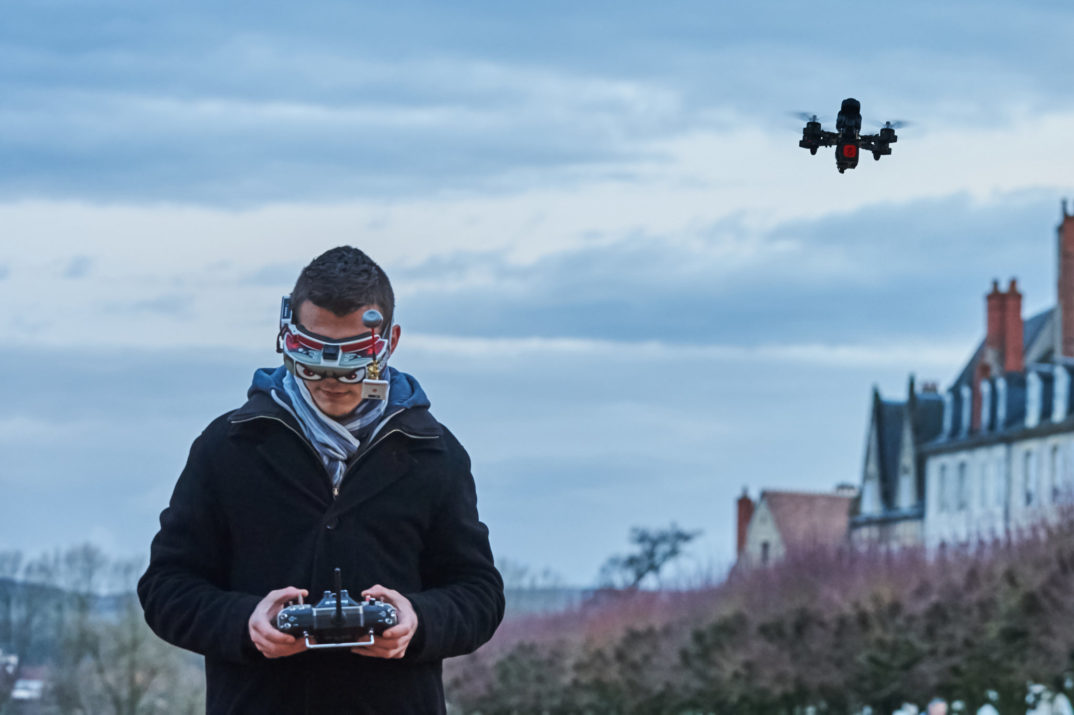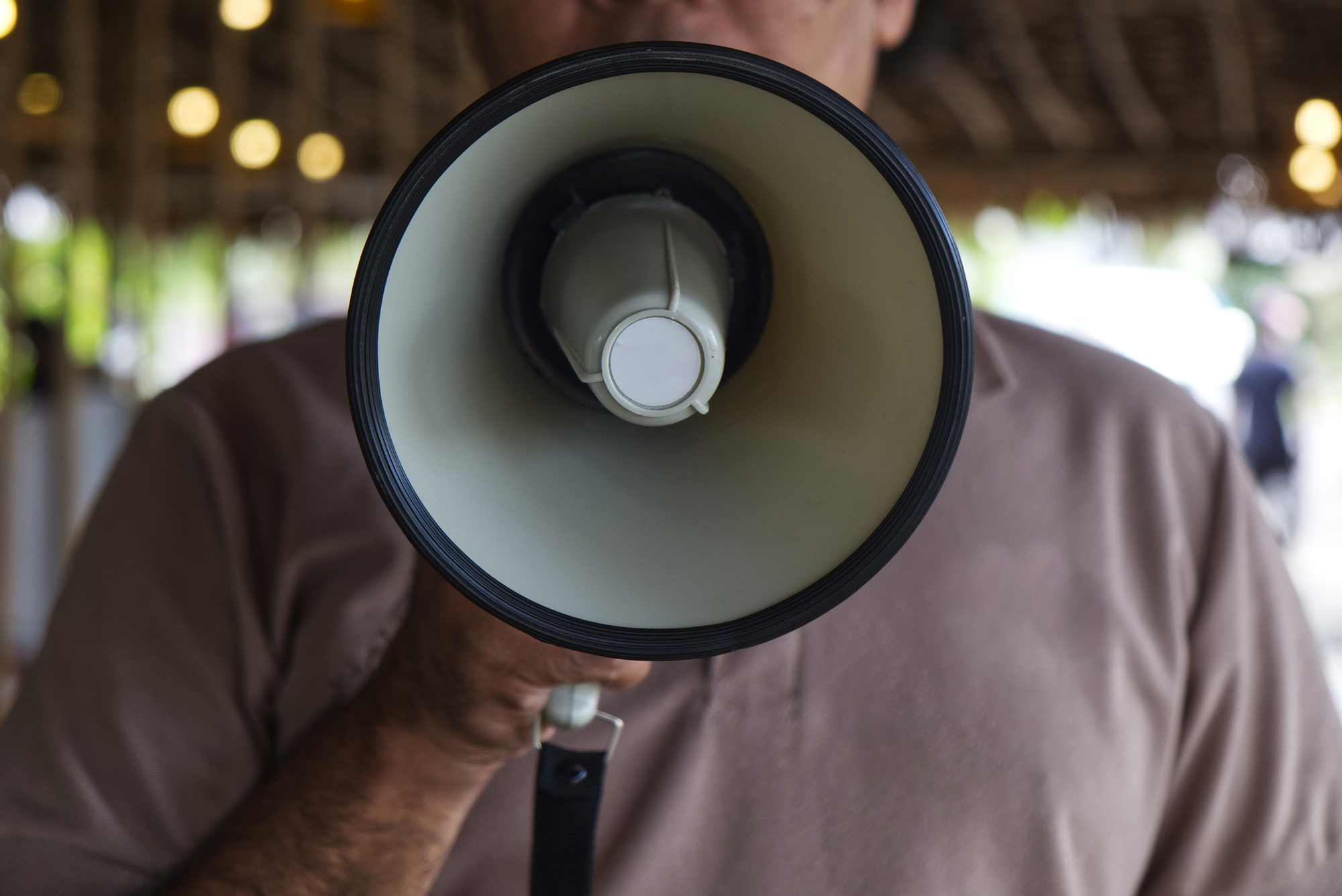On Drones: Helpful versus Harmful
During the Super Bowl halftime show this past month, Lady Gaga masterfully demonstrated one of the most unique mass uses of drones to date. At the conclusion of her show, drones powered by Intel were used to form the American flag and then were rearranged to identify one of the main sponsors of the show, Pepsi. This demonstration represented the artistic side of drones and one of the more positive images of them.
On the other hand, in January during a 60 Minutes segment, it was revealed that the Pentagon has been testing drone swarms in the ever advancing transformation of war. These drone swarms come as a stark contrast to the traditional view of large drones manned by controllers on the ground. The ethical questions behind these have advanced significantly. No longer are we considering the moral repercussions that are associated with manning a large stealth drone in northern Pakistan, but we are having to consider what consequences may come from a rise in autonomous “killing machines.” What does this have to do with Lady Gaga? Both spark discussions about the use of drones on different levels of analysis.
Drone use has many positive impacts associated with it. Some of the most genuine examples of drone use have allowed us better measures in capturing footage of environmental plains that we have previously not been able to cover. For example, check out footage of the most recent Planet Earth series. This has allowed the environmentalism movement to grow, as more people are being exposed to harmful negative consequences of their habits and practices on the environment. Likewise, drones have been used to help rescue crews reach victims of natural disasters and have caught footage out of conflict zones. This has enabled another perspective on conflicts, such as anti-war protests in Thailand.
With all of the positive impacts associated with drones, using them sinisterly can provide outcomes that quickly depreciate their positive value. Considering drones can easily have cameras attached to them, police departments could keep watch on citizens. By doing so, this would allow the police to enter your property aerially, allowing them to survey you without a search warrant. This calls in an ethical discussion of being subjects to a surveillance state if we allow drones to be used in this manner.
Likewise, surveillance by domestic individuals on each other needs to be considered. With increased drone use, we run the risk of encouraged surveillance. Consider a scenario in which your neighbors are able to watch your movements throughout your house and private life by video feed from a drone they are operating. In fact many situations similar to this have happened. In 2015, William Meredith shot down his neighbor’s drone in Louisville after suspecting it of spying on his daughter sunbathing. Although this may be an ontological fear associated with the technology, the propensity these situations have to happen reinforces the need to have an ethical discussion surrounding their use.
In addition, drones have been a vital source of military involvement throughout the Middle East and their use has gradually increased each year. They are becoming more efficient and have allowed the United States government, in collaboration with foreign governments, to effectively fight terrorism on a transnational level. Previous predictions on President Obama’s use of drones places totals at over 30,000 terrorists killed as the result of his orders over the course of his administration.
But these positive examples of drone use are easily countered by the negative repercussions of their use in war. For example, to many people living in areas similar to northern Pakistan, the image of US military-controlled Predator and Reaper drones create anxiety for these people. Clear, blue skies mean another day when drones can fly and accidentally strike the homes of noncombatants. Likewise, the use of drones has proven to not be fully effective in war. Take the case of the wedding bombing in 2013 in which US and Yemeni forces inaccurately believed a wedding party to be a convoy of Al-Qaeda members. This mishap resulted in 16 deaths and over 10 more critical injuries.
While this highlights one example of mistargeting, another controversy surrounding the use of drones includes a discussion on collateral damage. In targeting members of terrorist militias, it is important to recognize that using drones to kill these individuals may result in the death of their family members as well. This leads us to question whether the use of drones is ethical and whether or not our national security should be wholeheartedly invested in using them in war.
Despite their increasing use both domestically and militaristically, would stepping back and examining how drones are used and in what ways we can ethically use them make our purpose more pure? To ethically use drones, this may need legislation to be passed in the near future to address the complexities surrounding their use. This must happen on both federal and international levels if we are to use this technology in the most ethical fashion possible.





